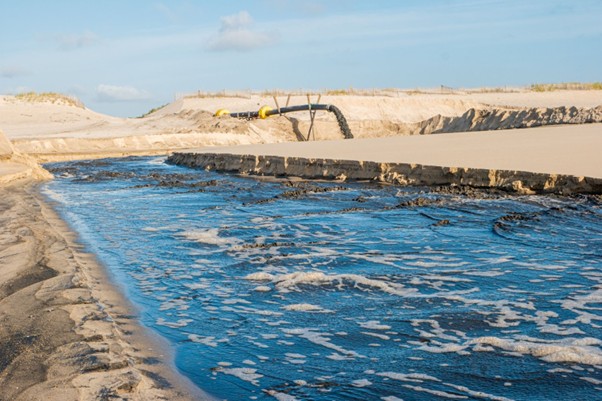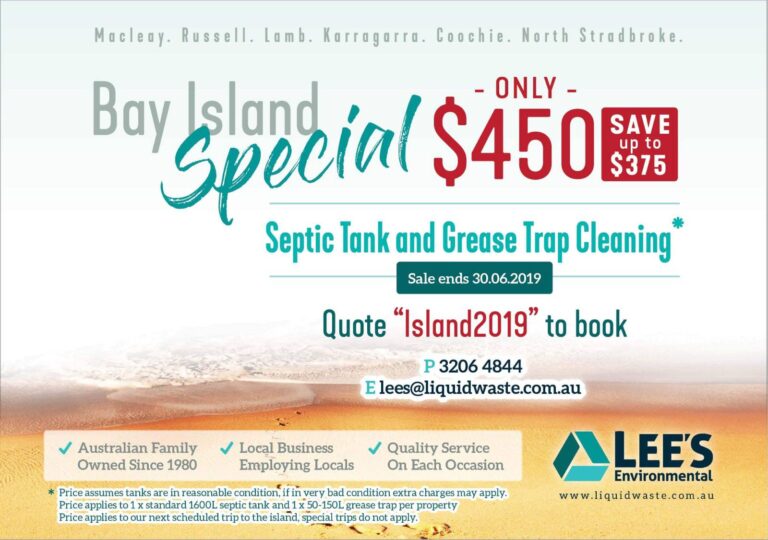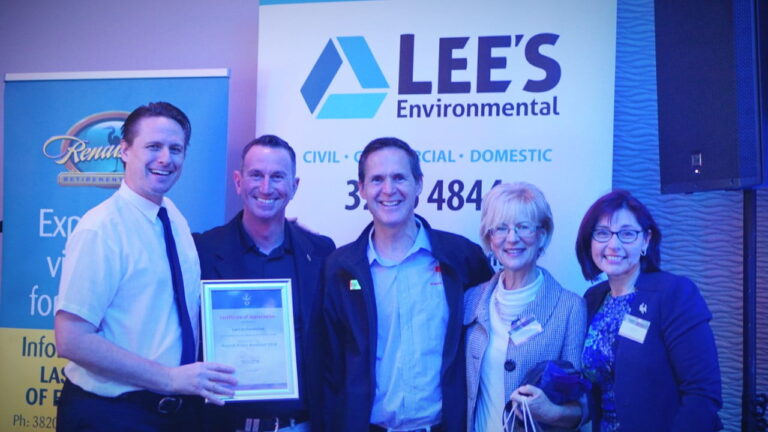Oily water waste management has become one of the biggest environmental headaches for Australian factories, mines, and ports.
When this waste is handled correctly, treatment plants function smoothly and costly spills are kept at bay. Responsible oily water disposal is key to this given the famous saying about oil and water mixtures.
Anyone who has spilled a dash of oil into a bucket knows that the two liquids refuse to blend. Once on the surface, the oil smothers fish, plants, and even recreational swimmers. If that same mix winds up in a storage pond and is ignored, the damage spreads and cleanup costs soar.
Most of us support water rules without thinking of the details. We simply agree that our lakes and taps should be free of toxic muck, especially anything born from fuels, engines, or machinery.
Yet practical guidance on how companies can achieve that goal is rarely easy to find. In this post, we break down what oily water waste management really means and list the steps that work.
Defining Oily Water
Oily water shows up whenever petroleum spills, drifting grease, or lube leftovers hitch a ride on cooling or cleaning water.
Once mixed, those hydrocarbons throw a wrench into normal treatment routines and open the door to soil, ground, and food chain problems.
You find oily water spilling from jobs that tinker under a car bonnet, run a factory line, prepare or move food, or tidy a ship harbour. Mix that waste with other site runoff and suddenly your storm drain becomes a secret sewer, damaging creeks and coastlines.
What ends up in the oily water changes depending on where it comes from. A workshop might wash its floor, leaving behind oil, heavy metal chips, chemicals, and fine grit all floating with hydrocarbons, meaning that wastewater treatment becomes more challenging.
Oil Water Separators
Oil-water separators, or oily water separators, are the machines most factories, garages, and docks reach for when scrubbing these streams. Run them properly and they stack up with the guidelines the state environmental protection agency spelt out long ago.
Modern Systems
Today’s kits use smarter materials and clever layouts so the oily layer parts faster, pumps need fewer service hours, and the operator spends less time getting his hands dirty.
Choosing the right unit still means weighing contamination load, flow speed, and any quirks your industry demands.
Gravity and Flotation Separators
Gravity tanks or gravity separation trap free-floating oils, while plate-style coalescers snag smaller globules stuck in the mix of suspended solids. If everything looks heavily charged, dissolved air flotation shows its strength: tiny bubbles froth up, latch on to the oil, and make a broom-worthy sludge that rises and can then be scraped clear.
Oil Management
The system makes sure fuel is stored safely, moved carefully, logged as it is used, and managed as waste so none leaks into nearby streams or bays and might harm aquatic life.
This plan sits proudly inside the wider environmental programme, meaning every piece of equipment and every worker aims toward the same goal of protecting land and water.
Good design keeps stored oil far from any waterway, and modern Australian rules spell out what that design must include: secondary bunding around every tank, regular checks of walls and lids, and drain lines that steer any spill to an on-site recovery pit instead of letting it slip into a creek or the ocean.
Because technology never sleeps, many sites now add leak sensors, pressure monitors, and data loggers that alert workers in seconds rather than after a costly clean-up.
Routine upkeep remains the backbone of oil management. Regular pump and valve servicing, quick fixes for tiny drips, and the right grease at the right moment together slash contamination risk and help machines run longer.
Waste Management and Oily Water Disposal
Integrated waste management handles oily water along with every other waste stream, so no source goes ignored. This wider look reveals places to cut waste, recover useful materials, and lower costs across different waste types and for water treatment plants.
More Australian firms now put circular-economy ideas at the heart of their work, turning what used to be rubbish into a resource and taking some pressure off the planet.
No plan can move forward unless it stays inside the law, and in Australia the first rule on waste is to keep clear records, file reports on time, and hit the targets set by the rules.
Adding technology to the mix makes the whole programme smarter. Sensors watch volumes and contaminants, alerts warn when a pump is wearing out, and software picks the right time to empty a tank.
Modern control rooms give operators a clean dashboard for every system and beep the moment performance slips, so they can fix a small problem before it turns costly.
Waste Oil
Handling waste oil is a must if you want to clean up oily water for good. Used motor oil, hydraulic fluid, and other petrol-based liquids need careful collection, safe storage, and proper disposal, or they will end up in streams or soil nearby. Oil spills, including fuel oil spills, are costly and full of harmful substances.
The bright side is that most of these spent oils can be re-refined into top-grade base oil. Recycling cuts disposal costs and also saves crude, making it a win for both budgets and the planet.
Across Australia, workshops, garages, and factories join waste-oil schemes that send the collected oil to local recyclers instead of landfills or storm drains.
Treated Water and Oily Wastewater
What counts as clean water really depends on where it winds up and the rules in place, as well as the surrounding aquatic ecosystems, organic contaminants, industrial processes, and any environmental regulations.
To meet those limits, sites need full treatment lines, regular lab tests, and records clear enough for inspectors to check in a snap.
Thinking ahead also helps companies use fewer fresh supplies. Many Australian businesses now run closed systems that clean and reuse water for washing machinery, keeping dust down, or topping up cooling towers.
This practice slashes both the cost of new water and the fee for treating leftover waste, while still meeting broader green goals.
Quality-assurance programmes help water utilities deliver clear, drinkable supplies by relying on regular tests, round-the-clock monitoring, and planned maintenance.
Such a programme usually teams automatic sensors, lab-test calendars, and step-by-step guides showing staff what to do when numbers slip. For the system to click, it still needs trained people, dependable gear, and careful logs that note every reading and fix.
Conclusion
Managing oily-water waste is a central green duty for many Australian companies in mining, shipping, and manufacturing. Firms gain lasting results only when they track where oil sneaks into the stream, pick the right treatment, and follow every rule on the books.
By pairing careful work habits that stop spills, swift on-site cleanup, and lawful off-site disposal, businesses cut pollution and keep production running smoothly.
As we look to the future, new ideas, fresh regulations, and stronger calls for eco-friendly solutions will redefine how Australia handles oily water.









